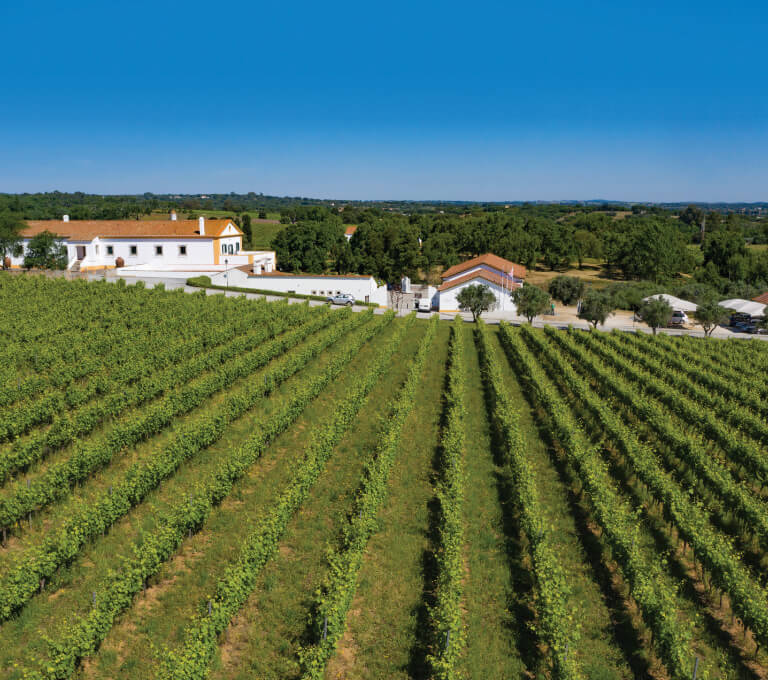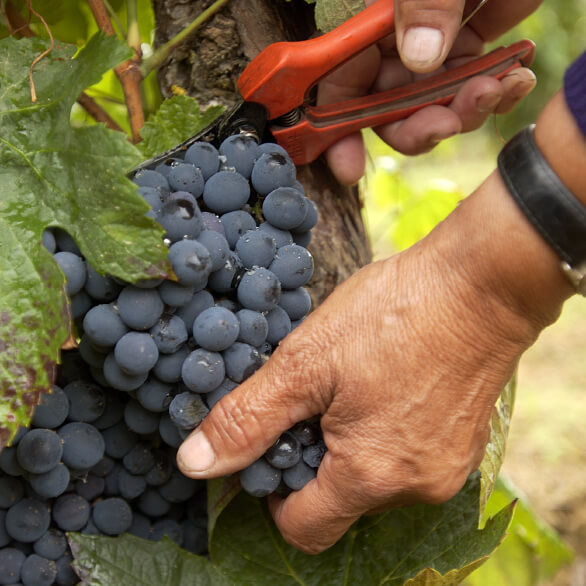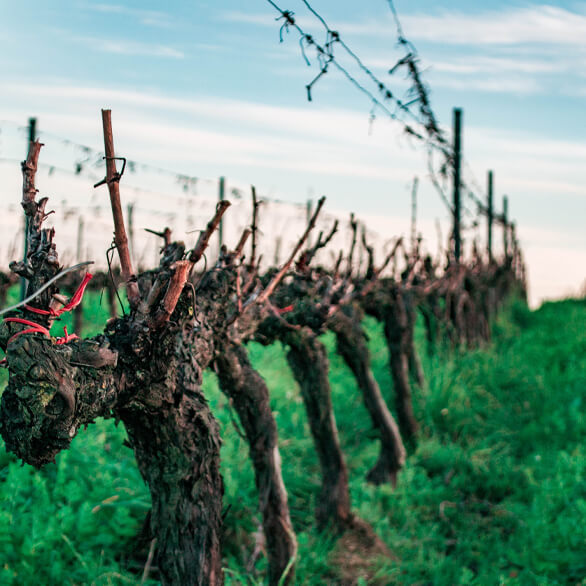
The selection of the varieties that sustain the Foundation’s wine production results from the combination of the vast experience acquired and the scientific information available today. The choice of Alentejo varieties consecrated and recommended for the Alentejo “Denominação de Origem Controlada [registered designation of origin], sub-region of Évora, has been fundamental in the creation of the wines. White wines mainly use recognised Alentejo varieties such as Roupeiro, Antão Vaz and Arinto, while red wines are obtained from traditional varieties such as Trincadeira, Aragonês and Castelão. Less traditional, but equally qualitative varieties are also used in residual portions.


Each vineyard plot is treated and worked on individually throughout the year according to its age, variety or soil characteristics, always with the specific wine in mind. The grape harvest is mostly done by day manual harvesting and, for a small number of grapes, a harvesting machine is used. The differentiated harvest of each variety, according to its maturation requirements, is also one of the criteria that allows optimising production. In the name of environmental preservation, a more careful and systematic surveillance of the health of each plant is carried out.
The Eugénio de Almeida Foundation also relies on the scientific community. Through protocols established with the University of Évora and other institutions, it has been possible to carry out important technical-scientific partnership work, the beginning of which dates back to the mid-1980s of the last century.